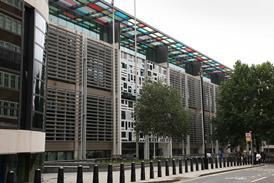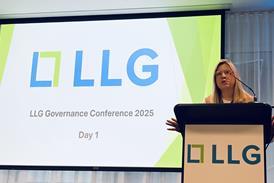Software solutions: accounts or practice management systems?
Along with word-processing software, the accounts and time recording system has always been one of the classic law office automation applications.
But about ten years ago, something strange happened.
These systems suddenly stopped being called accounts software and were reborn as the practice management system - or PMS.
But is the change of name anything more than a cosmetic exercise or does it signify something more substantive?
If we look at the traditional accounts package, this was essentially a bookkeeping system designed to be used by a legal cashier and primarily intended to keep a firm's financial ledgers in good order.
Consequently, a lot of effort went into ensuring that client deposit interest sums were correctly calculated and that funds in the client and office accounts were kept strictly separate.
As such this was all sterling stuff and to this day it remains a key principle of good law firm management - as well as the provisions of the Solicitors Accounts Rules - that you must maintain accurate accounts records.
However, there was one inherent problem with these systems - to understand the material they contained, you really had to have a background in accountancy or legal bookkeeping.
The phrase often used to describe this phenomenon is 'data rich but information poor' and the net result was a lot of firms found themselves with perfectly balanced books but with little idea who their most profitable clients were, how well fee-earners were performing or even whether some of their areas of legal practice were still commercially viable.
The impetus for change came in the late 1980s and early 1990s when more firms began recruiting finance directors and practice managers from commerce and industry.
They wanted legal software suppliers to provide them with the same sort of business-oriented management information and reporting tools they had been used to working with - and so, in response to this demand, the first legal practice management systems began to emerge.
So what is the real difference between an old-style solicitors' accounts system and a modern PMS?
The key distinction is that, as well as balancing the books, these systems can provide users - not just cashiers and accounts department staff but also practice managers and even solicitors with management responsibilities - with all the information about their clients, matters and finances they need if they are to run their firms as a modern business enterprise.
Next time, we will be looking at some of the finer points of PMS.
Charles Christian is an independent adviser to the Law Society's software solutions guide



























No comments yet